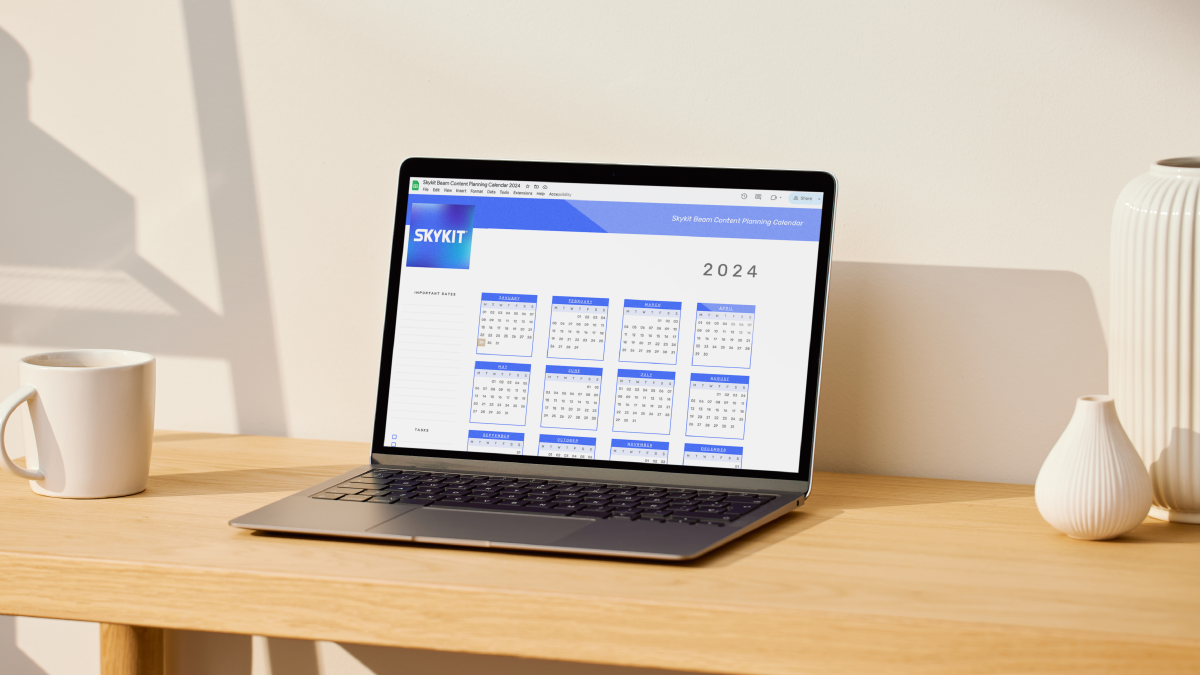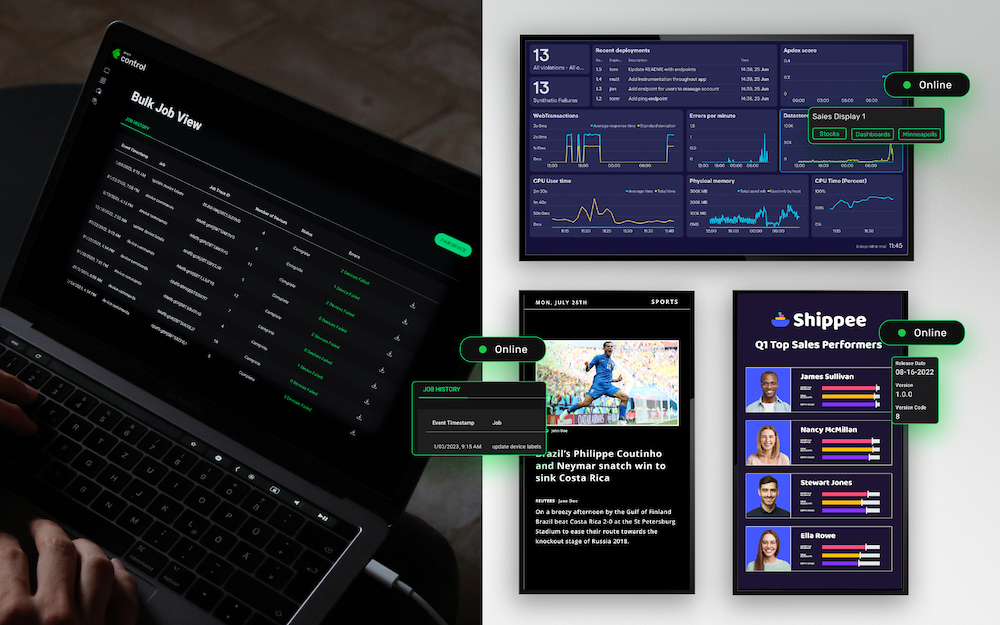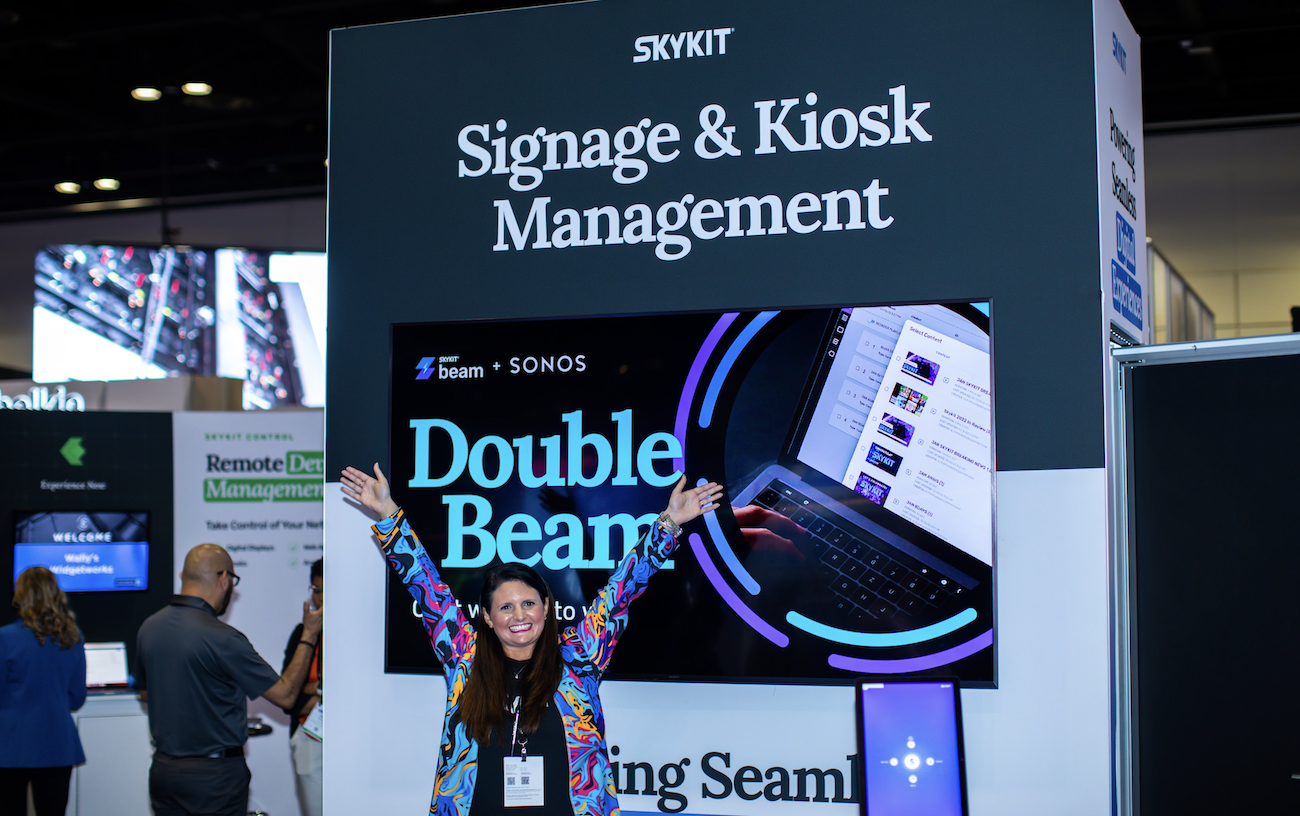No one likes to wait.
We live in a culture that expects instant gratification.
And while that gratification can’t be met at every turn, digital signage in waiting rooms and other areas can give customers some gratification in the way of colored pictures, powerful messages, interactive games, and other visuals that distract them from waiting in endless lines.
Installing digital signage is the answer many businesses and organizations are turning to, from the transportation and restaurant industries to smaller offices and waiting rooms across the globe.
And while a digital distraction won’t actually make the clock on the wall physically go faster, it can mentally reduce the wait time for anxious individuals everywhere.
Having said that, let’s explore some ways digital signage can ease the pain of customer wait times.
1. It Distracts Customers
Psychology Today published an article discussing the phenomenon of waiting and said, “Rage has become a function of sometimes rather minor delays.”
As a matter of fact, most people will only tolerate waiting up to ten minutes, and no more. After that, eyebrows furrow, children get antsy, and tempers flare.
It’s true that many of use lose our patience when we have to wait. That’s most often the case when we focus solely on the wasted time ahead of us instead of focusing on filling the time ahead of us.
That’s why helping customers ease the pain of waiting is crucial. When irritability and annoyance can be avoided, the end result is a happier customer, one that will return again and again without question.
By distracting those waiting with how-to videos, advertisements, testimonials, and even positive inspiration, the perceived wait time of a customer is reduced by 35 percent. That reduction alone can be the difference between a furrowed eyebrow and happy face.
Healthcare providers are a prime example of an industry that wants to see happy faces over furrowed eyebrows. They’ve found that distracting visitors with digital signage alleviates anxiety. From informative videos to inspiring stories, they’re better serving their clientele by shifting moods and helping reduce wait time.
2. It Organizes the Room
When we visit the deli, we get to pull a little paper ticket from a machine so we know when it’s our turn to order. While this method provides a level of organization, the ticket holder can’t watch that paper ticket and be entertained or informed.
But they could be if that paper ticket was replaced with a digital sign.
The Department of Motor Vehicles has found that using digital signage to manage their waiting areas has proved invaluable. When a visitor shows up, they get a quick sense of the wait times and are able to:
a. Watch a screen that shows when it’s their turn at the window.
b. Watch a second screen (or sometimes the same one, depending on the software) that informs them of alternate services or new features to further expedite their visit.
Using this process is better known as queue-management. When a business needs to call customers forward in an organized manner, digital signage is fast becoming the answer because it reduces perceived wait times and maintains a sense of organization.
3. Brand Loyalty Grows
Brand loyalty is something businesses strive to instill in their customers. If you can win their loyalty, you win their business long term. But to earn this loyalty, the brand has to be impressive. To do this, they have to interact with the consumer long term.
Digital signage can be the catalyst for brand loyalty. When content is highly focused and consistent, the waiting room audience has the option to become a part of that brand experience, which is bound to happen when the experience is consistent and informative.
Take airports, for example. Digital signs are strategically placed in passenger waiting areas, near restaurants, and along moving walkways and baggage carousels.
People in airports are always looking to kill time. What better way to help them do so by sharing your brand in one or more of these areas?
Your brand is your personality. It is your philosophy. Successful branding in messaging and design relays that personality. And really, personality, even in a digital version, is what people relate to first and foremost.
4. Products/Services are Showcased
The multichannel and omnichannel strategies digital sign users are utilizing are rocking the core of sales with businesses everywhere. And why wouldn’t they?
Colorful images, informative graphics, and even interactive games and contests are pulling customers in like never before.
When a business can open the space in their digital signage strategy to showcase products and services, they also open up the realm of endless sales possibilities.
Let’s say it’s the day after Christmas and the line you have to stand in to return that awful plate Aunt Greta bought you is longer than the two football fields. (Well, maybe half a football field, but you get the point.)
You’re bored. You’ve scrolled through your Facebook newsfeed too many times to count and you’re over Candy Crush. But alas, above your head is a gorgeous flat screen monitor sharing images of happy people.
Why are they happy?
Because they’re using a really cool pan to cook pancakes. The pancakes don’t stick. The pans are easy to wash. And a truck can run over one and not damage the pan. And it’s only $19.99.
You look away for a moment to the line in front of you. What is that display at the counter where you’ll be returning that awful plate?
Why, it’s the really cool pan! BAM. You buy. The right psychological triggers have been touched, making you a believer in the product and the business a believer in digital signage to ease the pain of customer wait times.
Holidays in general, especially Christmas, can be a waiting game in and of itself.
Whether it’s waiting for the big man in red or waiting to check out, digital signs are popping up in all the right places to distract little people and big people. Children pass the time with ease and customers leave happier.
5. Creates an Interactive Environment
Look, Candy Crush can only take you so far. After a while, we tire of looking down at our smartphones while we wait.
The magazines next to us are three years old, so that’s out.
But the interactive touch screen thingie over there at that table looks interesting. So you wander over. You interact. So far, the establishment that installed the kiosk has reached step one of a universal business goal: Getting a visitor to interact with their message.
We see these interactive kiosks more and more on the tables of restaurants. Games to pass the time are offered. Patrons can play one-on-one with their tablemate or compete with other patrons in the restaurant.
However you choose to pass the time, somehow being knee deep in a game seems to make the mozzarella sticks come faster.
In the U.K., the kiosks are practically standard in financial institutions.
Interactive kiosks are a fast favorite. The popular touchscreens are evolving, too. Newer models will boast larger, curved screens with more options for handlers.
6. Creates Social Media Interaction
Where would we be without the likes of social media? As of 2015, The Pew Research Center determined that 65% of adults (18 and up) use social media to get their news, catch up with friends, debate political views, and buy.
Offering customers the opportunity to interact using social media gets them involved. From testimonials to product reviews, showing your customers that what they have to say matters is customer service at it’s finest
Depending on your signage software, you can pull feeds from Instagram or Twitter and allow customers to instantly see their posts.
This concept is a win-win. It’s essentially free advertising. Users want to see their posts hit the monitor. As they wait for them to surface, millions of Twitter or Instagram users on the other side are learning more about you and your company. Cool, right?
The hit show The Walking Dead on AMC uses social media interaction after every episode. Viewers from all over the word can tweet their thoughts on the most recent episode. Millions of viewers do, some just to see their tweet hit the airwaves.
The Twitter hype has spilled over into traditional media, creating a bigger, badder buzz for the show.
The more you encourage social media interaction, the more your fans (or consumers) are willing to update and share you with the rest of the world.
Conclusion
No one likes to wait. Even on the web, we want answers and we want them fast. Determining what your customers need is the first step in developing a pain-free wait time strategy.
Implement a process based on past customer experience. What do they need? What do they want? How do they interact with you now?
In the end, recognize that industries and organizations worldwide are taking control of the customer experience by developing a strategy that knocks the socks off consumers while decreasing wait time and increasing sales.
It just doesn’t get any better than that.
How have you seen digital signage used to distract customers from feeling the pain of waiting?



